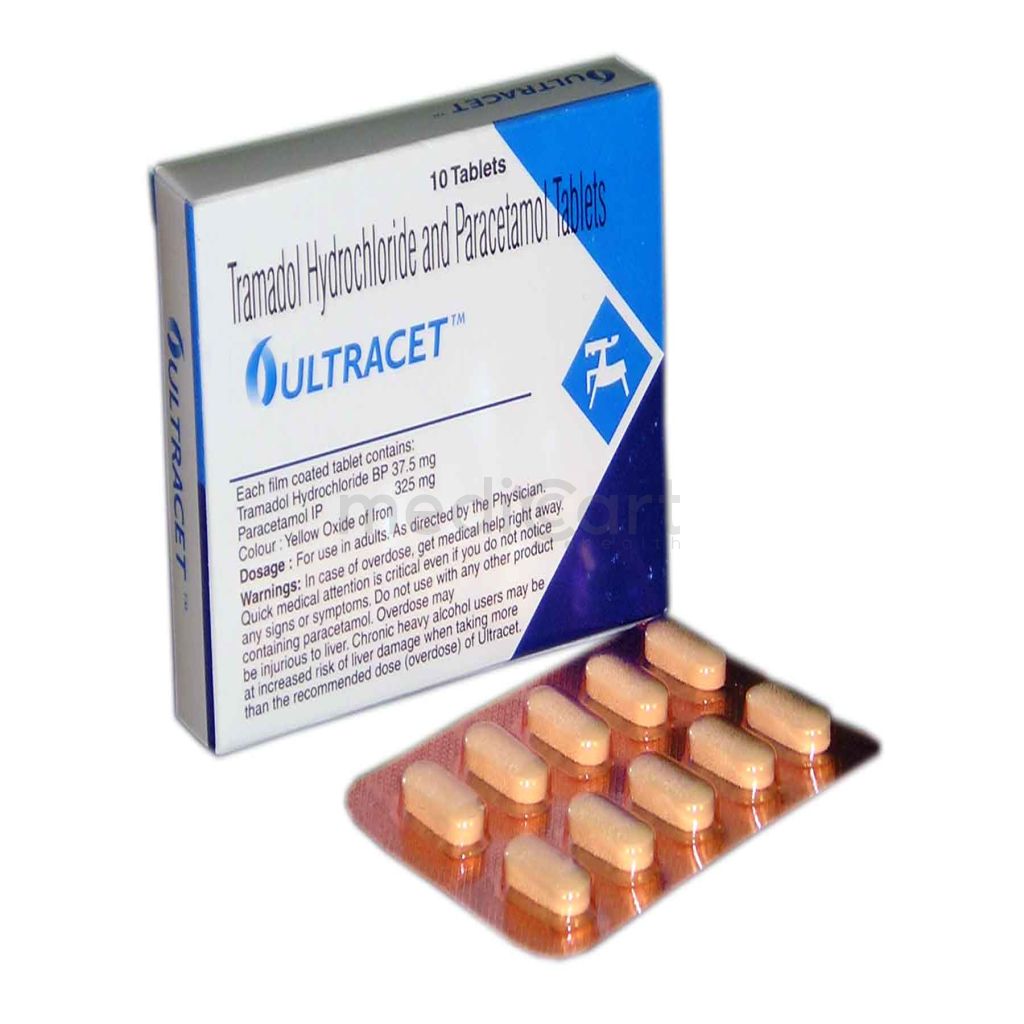

Mef-Q 250mg
Tablet
Pack Size :
6 Tablet x 1 Strip
Generics :
Mefloquine
Manufacturer :
Renata Limited
Best Price *
TK
192.00
* Delivery will be done in Dhaka city only.
Alternative Product
More Information About - Mef-Q 250mg
Description
Generic Name
MefloquinePrecaution
Epilepsy; delay admin until at least 12 hr after the last dose of quinine/quinine-related compounds (monitoring of cardiac and neurological functions is warranted). Avoid driving or operating machines during and up to 3 wk after mefloquine use. Pregnancy, lactation; cardiac conduction disturbances; children <3 mth or 5 kg. Lactation: Minimally excreted in human breast milk; based on a study in a few subjects, low concentrations (3% to 4%) excreted; caution advisedIndication
MalariaContra Indication
Hypersensitivity to related compounds (e.g. quinine and quinidine); history of blackwater fever;, prophylactic use in patients w/ history of psychiatric (including depression) or convulsive disorders; retreatment w/ mefloquine. Severe hepatic impairment. Concomitant use w/ halofantrine.Dose
N/ASide Effect
1-10% Anxiety,Difficulty concentrating,Headache,Insomnia,Lightheadedness,Vertigo,Vomiting,Diarrhea,Stomach pain,Nausea,Visual disturbances,Tinnitus Frequency Not Defined Suicidal depression,Psychiatric Sx,Pneumonitis,Seizure,Abnormal ECG Potentially Fatal: Seizures, thrombocytopenia, leucopenia, AV block, encephalopathy.Pregnancy Category
Name : B
Description
Animal reproduction studies have failed to demonstrate a risk to the fetus and there are no adequate and well-controlled studies in pregnant women OR Animal studies have shown an adverse effect, but adequate and well-controlled studies in pregnant women have failed to demonstrate a risk to the fetus in any trimester.Mode of Action
Mefloquine is a 4-methanolquinine antimalarial agent and a blood schizontocide which acts by interfering w/ the parasite's ability to metabolise and utilise erythrocyte Hb. It is active against most Plasmodium sp and is used for prophylaxis and treatment against malaria.Interaction
Increased risk of ECG abnormalities w/ quinine or chloroquine, antihistamines, TCAs and phenothiazines. May increase risk of seizure w/ quinidine or quinine. Concomitant use w/ valproic acid, phenobarbital, carbamazepine and phenytoin may cause loss of seizure control and lower plasma levels of anticonvulsants. Increased risk of QT prolongation and arrhythmia w/ ketoconazole. Concomitant use w/ digoxin, Ca-channel blockers, antiarrhythmics and ?-blockers may increase the risk of cardiotoxicity. Increased risk of ventricular arrhythmias w/ amiodarone. Concomitant use w/ TCAs, SSRIs, buprion, antipsychotic, tramadol may increase the risk of convulsions. Increased plasma levels w/ metoclopromide. May compromise adequate immunisation by live typhoid vaccine. Vaccinations w/ attenuated live bacteria should be completed at least 3 days prior the 1st dose of mefloquine. Potentially Fatal: Avoid concomitant use w/ halofantrine as potentially fatal cardiac arrhythmias may occur.Pregnancy Category Note
Pregnancy Category: B Lactation: Minimally excreted in human breast milk; based on a study in a few subjects, low concentrations (3% to 4%) excreted; caution advisedAdult Dose
Oral Acute Malaria Adult: 5 tablets (Total 1250 mg) as a single oral dose. OR 750 mg orally as initial dose, followed by 500 mg orally 6 to 12 hours after initial dose. Total dose 1,250 mg. Malaria prophylaxis 250 mg once weekly, taken 1-3 wk before exposure and continuing for 4 wk after leaving the endemic area. Dosing Considerations If a full-treatment course does not lead to improvement within 48-72 hr, mefloquine should not be used for retreatment; an alternative therapy should be used Similarly, if previous prophylaxis with mefloquine failed, mefloquine should not be used for curative treatmentChild Dose
Oral Acute Malaria <6 months old: Safety and efficacy not established Child: >6 months: 20-25 mg/kg PO as single dose. Maximum total dose: 1250 mg. OR 15 mg/kg as initial dose, followed by 10 mg/kg po given 6-12 hours after initial dose. Total dose= 25 mg/kg Malaria prophylaxis Child: 5 to <10 kg: 31.25 mg (1/8 tablet) PO qWeek 10 to <20 kg: 62.5 mg (1/4 tablet) PO qWeek 20 to <30 kg: 125 mg (1/2 tablet) PO qWeek 30-45 kg: 187.5 mg (3/4 tablet) PO qWeek >45 kg: 250 mg (1 tablet) PO qWeek Start 1-2 weeks before arrival in endemic area; continue 4 weeks after leaving endemic areaRenal Dose
N/AAdministration
Should be taken with food. Best taken w/ meals & a full glass of water. Should be taken on the same day of each week.Disclaimer
The information provided herein are for informational purposes only and not intended to be a substitute for professional medical advice, diagnosis, or treatment. Please note that this information should not be treated as a replacement for physical medical consultation or advice. Great effort has been placed to provide accurate and comprehensive data. However, Medicart along with its authors and editors make no representations or warranties and specifically disclaim all liability for any medical information provided on the site. The absence of any information and/or warning to any drug shall not be considered and assumed as an implied assurance of the Company.





